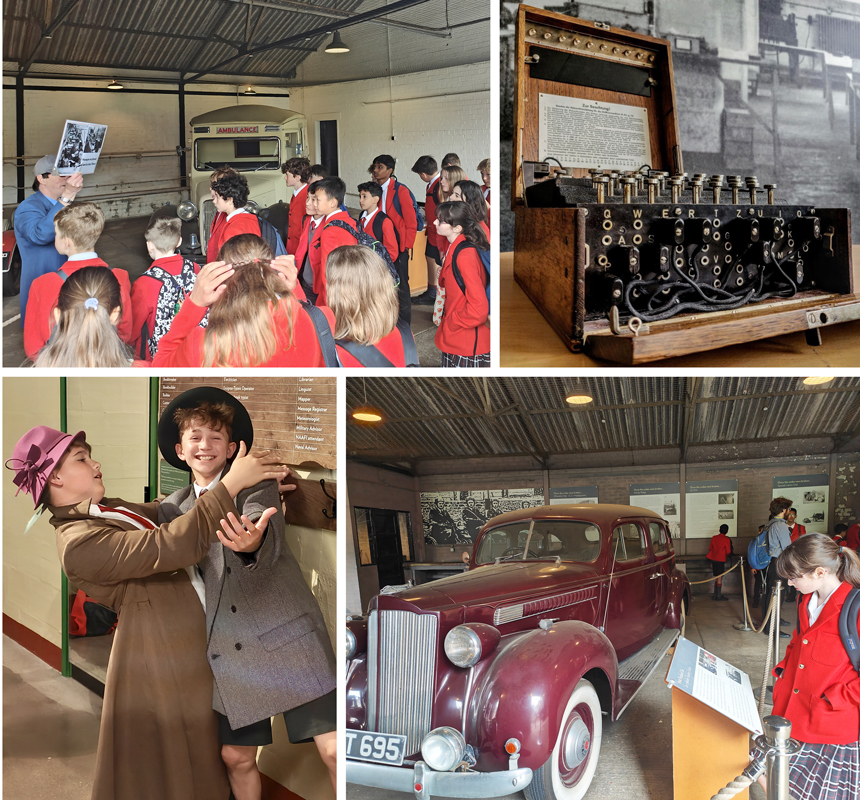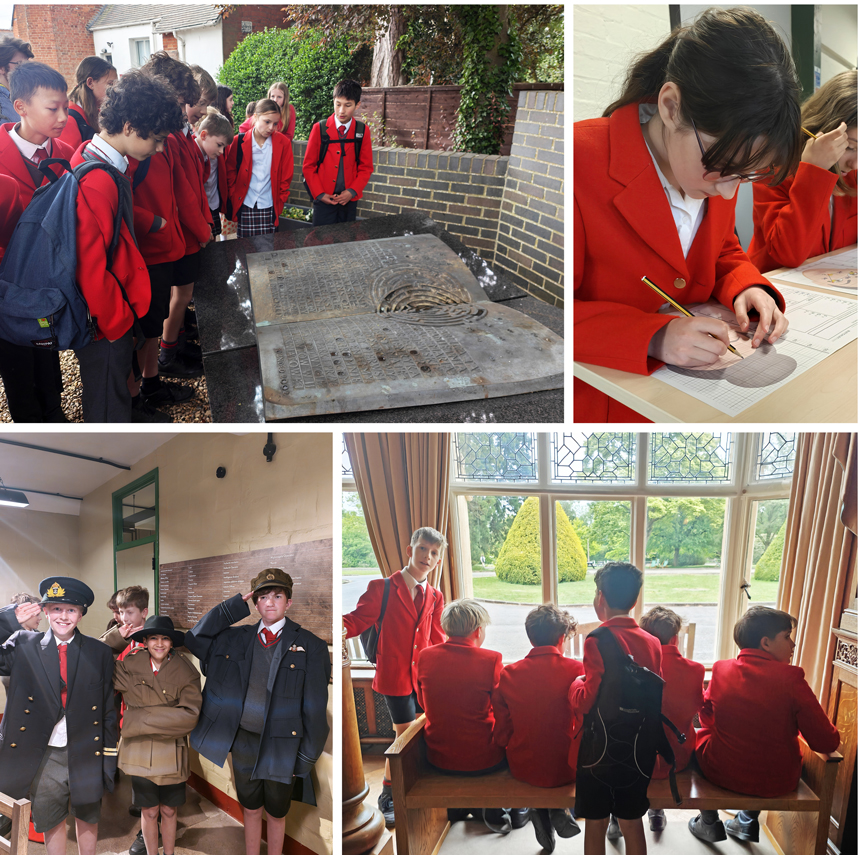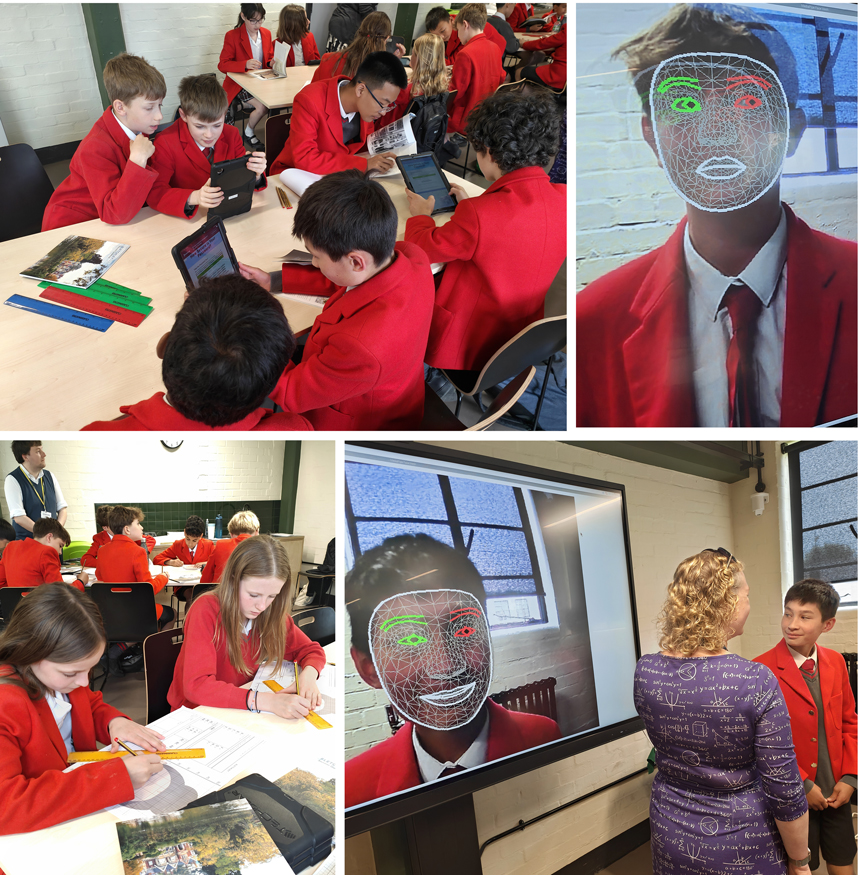Form 5 embarked on a fascinating combined Computing and History field trip to Bletchley Park, the historic site that played a pivotal role in wartime codebreaking and laid the foundations for modern computing. The visit provided a unique opportunity to connect the innovations of the past with today’s digital security challenges.
Seeing Alan Turing’s office made me feel like I was stepping into the past!

The day began with an expert-led guided tour, giving the children valuable insight into the people who worked at Bletchley Park during World War II. They learned about the vital contributions made by codebreakers, many of whom were women, and how their relentless work helped turn the tide of the war. One of the highlights of the tour was stepping inside the hut where Alan Turing worked, seeing his actual desk and office—offering a tangible link to one of the greatest minds in computing history.
It was fascinating to see how old codes connect to modern cybersecurity.

The children also had the chance to get hands-on with historical artefacts, gaining a deeper understanding of the tools and techniques used by wartime codebreakers. They then visited the museum, where they explored the various models of Enigma machines, the complex devices that encrypted German military communications. The group learned about the intricate process of breaking encrypted codes, a feat that required extraordinary mathematical skill, perseverance, and innovation.
The ingenuity of the people who worked here is staggering. I hadn’t fully appreciated how vital their contributions were to the war effort until I saw the Enigma machines up close. Understanding the sheer complexity of breaking those codes made me admire their patience and brilliance even more.

Bringing the past into the present, the trip also featured a Cyber Safety session, where Form 5 examined how modern technology continues to build on the principles of cryptography. They explored crucial security topics, including how long a computer takes to crack their passwords and the mechanics behind facial recognition technology. This session highlighted the importance of personal online security and how encryption techniques have evolved since the days of wartime code-breaking.
Exploring Bletchley Park felt like stepping into the world of espionage—deciphering messages, handling artefacts, and imagining what it must have been like to work in secrecy. The intelligence officers and codebreakers weren’t just solving puzzles; they were making life-or-death decisions with every breakthrough.
The trip was an eye-opening experience, allowing the children to see first-hand how history, computing, and cybersecurity are intertwined. By exploring both the legacy of Bletchley Park and the challenges of modern digital protection, they left with a deeper appreciation for the intelligence and innovation that continues to shape the technological world today.